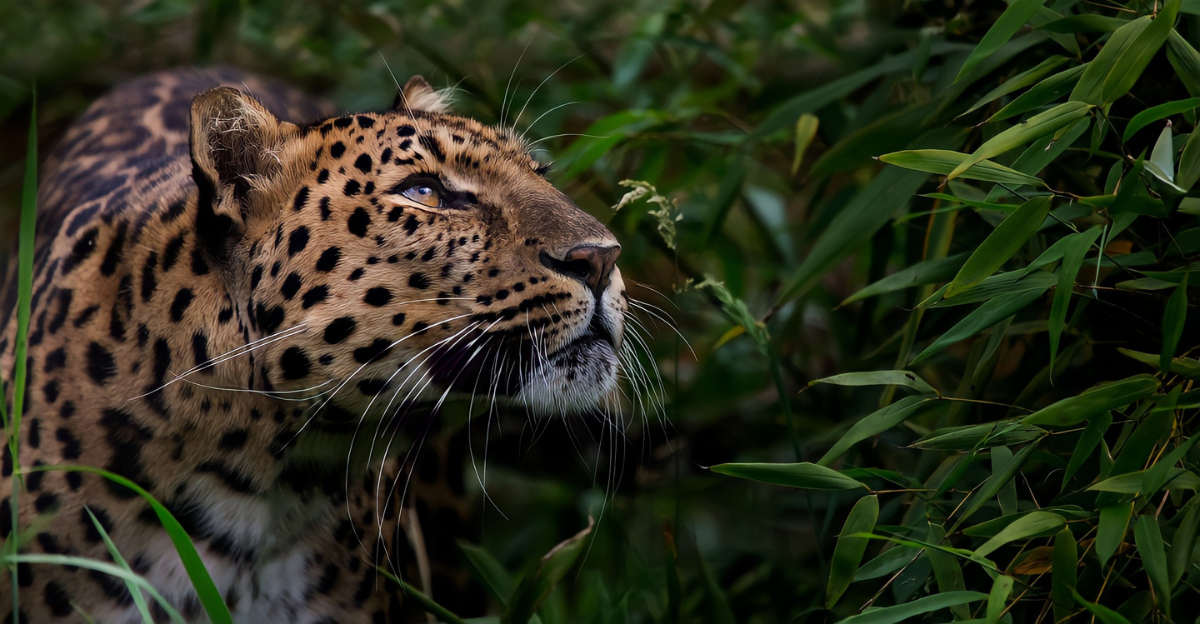
The world has some remarkable animals that are sadly close to being gone for good due to many different factors. Some animals are closer to disappearing than others, with some expected to vanish forever before the year ends. Every extinction is more than just the loss of a single species; it ruptures the intricate web of life-supporting ecosystems and humanity itself.
The near loss of these remarkable animals reminds us that the time to protect Earth’s most vulnerable wildlife is rapidly running out, and we need to act sooner rather than later.
9. Saola
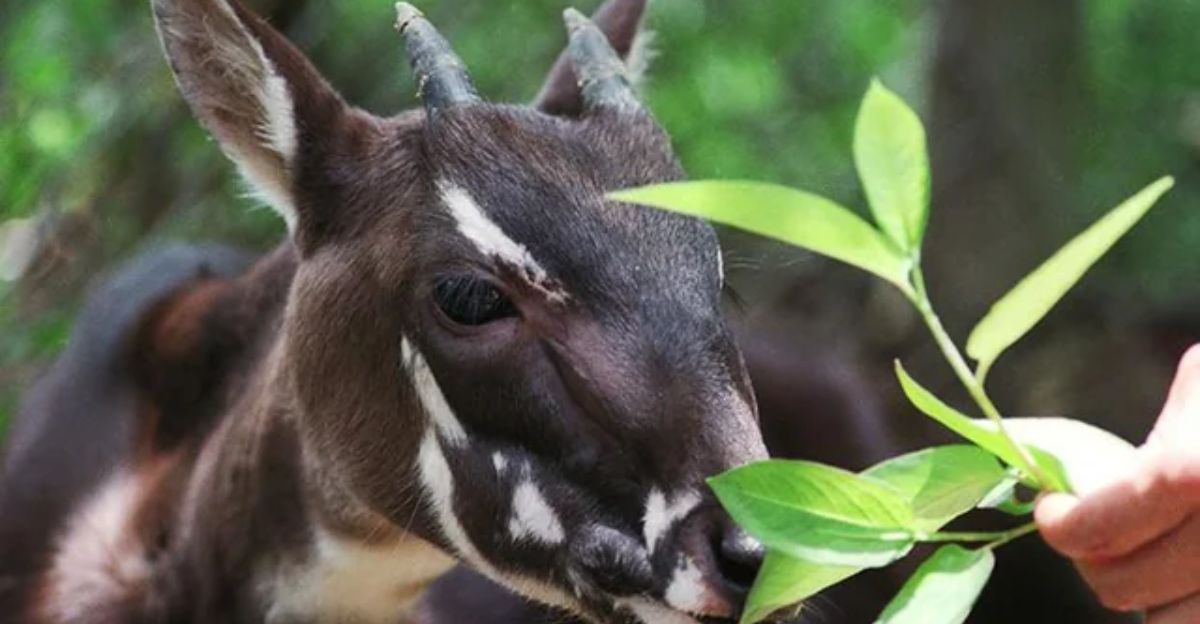
This remarkable creature was discovered only in 1992 in the dense forests of the Annamite Mountains along the border of Vietnam and Laos. Due to its scarcity and long, slender horns, it is known as the Asian Unicorn. Researchers aren’t completely certain how many are left in the wild, but estimates range from 50 to 500.
The species faces existential threats from rampant snaring, alongside habitat loss from deforestation and infrastructure development. Despite intensive search and conservation efforts, including new technologies like environmental DNA sampling and the establishment of protected reserves, confirmed sightings have become exceedingly rare, with the last photographic evidence in Vietnam dating back to 2013.
8. Black-Footed Ferret
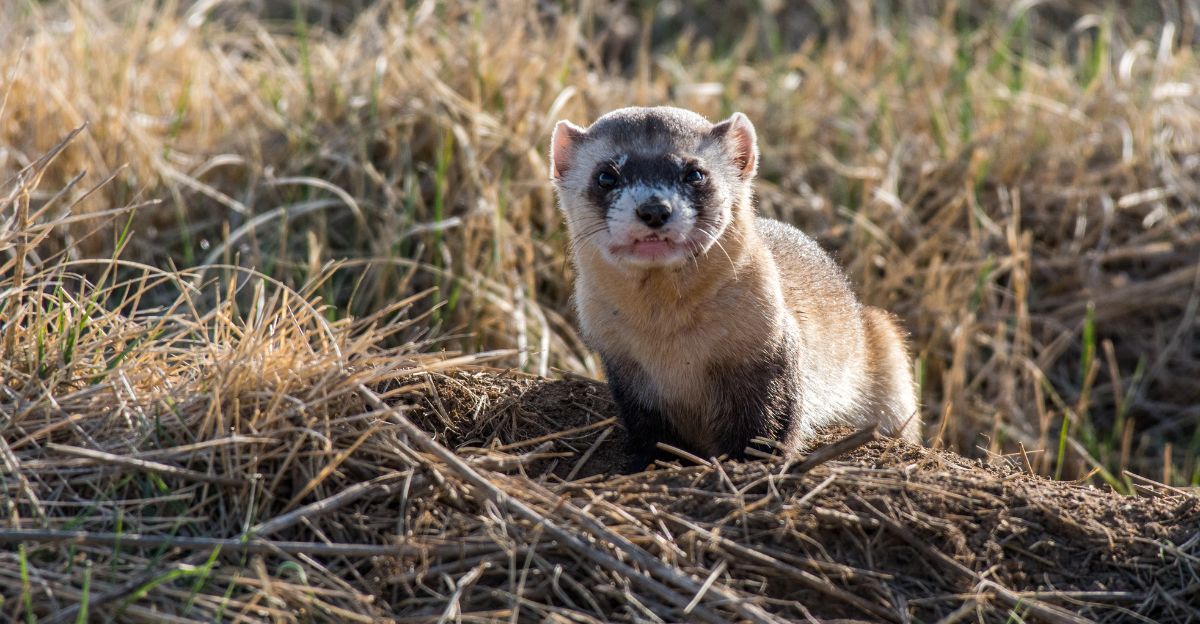
These sneaky little critters were once thought to be extinct, but these slender, masked predators are now believed to have less than 500 ferrets running around in the wild. These creatures rely heavily on prairie dog colonies for food and shelter, making them especially vulnerable to the widespread eradication of prairie dogs and the ongoing threat of sylvatic plague.
Intensive conservation efforts have helped bring the species back from the brink, but its future is still uncertain, as researchers do not know of any self-sustaining wild populations.
7. Sumatran Tiger
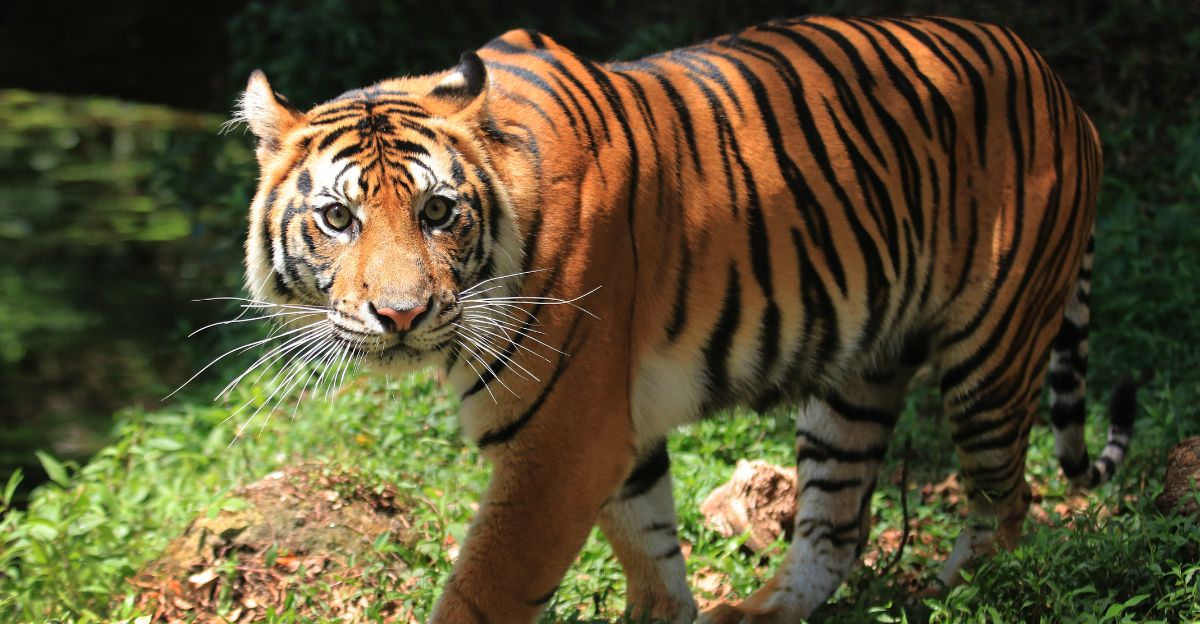
Tigers are one of the most remarkable cat species in the wild, and this beauty might not have much time left in the world. Today, this critically endangered big cat is found only on the island of Sumatra, where it inhabits fragmented patches of rainforest and mountainous terrain.
Estimates of their population are slightly uncertain, but most sources agree that there are less than 300 left in the wild due to the constant threats they face. Habitat destruction, poaching, and human-tiger conflict have caused a dramatic population decline over recent decades. Conservation efforts are underway, but their fate is still pretty uncertain, leaving them more endangered than ever before.
6. Kākāpō
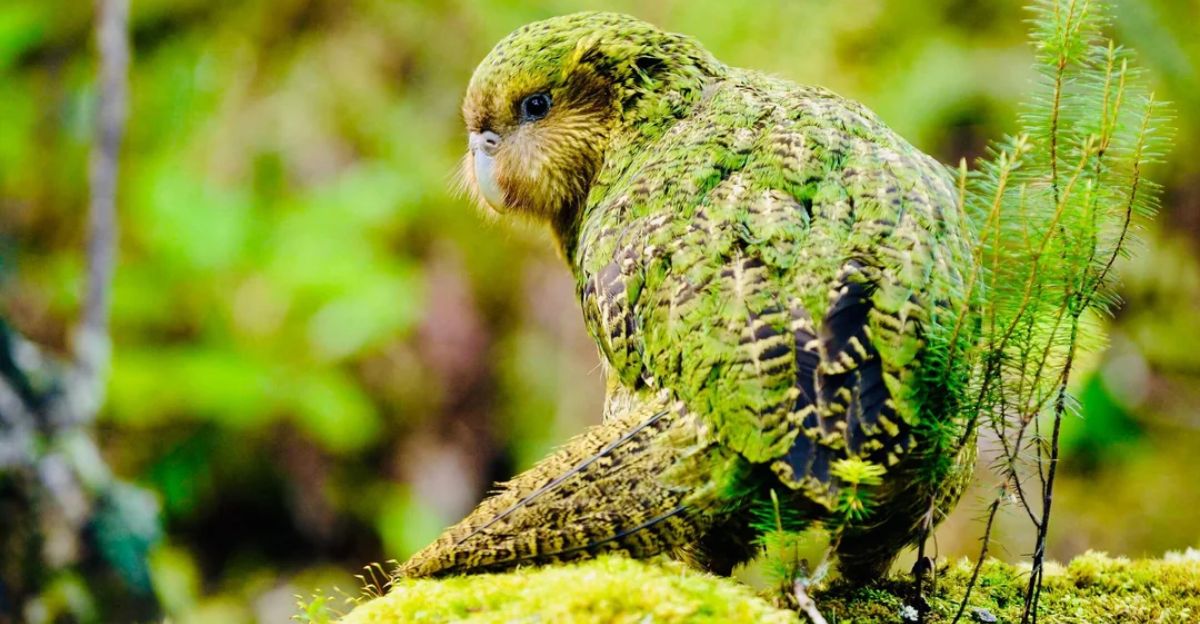
Have you ever seen a flightless parrot? Well, if you haven’t had the chance, you might not have it for much longer, as they are critically endangered, with less than 250 left in the wild. These birds can be found in New Zealand, but their population plummeted due to habitat loss, hunting, and the introduction of predators after human settlement.
Thanks to dedicated management, including predator-free island sanctuaries, artificial insemination, and hands-on chick rearing, the kākāpō population has rebounded to around 242–252 individuals as of 2024, the highest in decades.
5. Pygmy Three-Toed Sloth
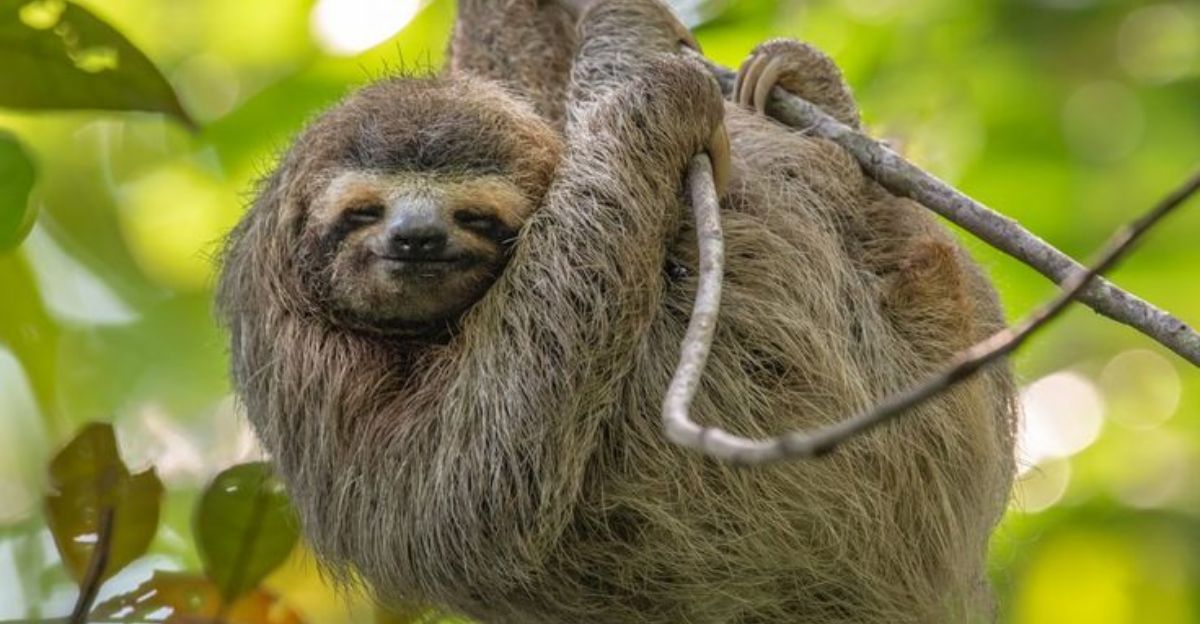
These slow-moving little cuties are also known as the Monk Sloth, and less than 100 are left in the wild. These creatures can exclusively be found on the tiny Isla Escudo de Veraguas off the Caribbean coast of Panama, and they are significantly smaller than their mainland relatives. Their habitat is rapidly shrinking due to logging, tourism, and development, so they live in a minimal environment.
Eventually, they will suffer from environmental catastrophes, disease, and genetic bottlenecks. Conservation efforts are stronger than ever, trying to save what’s left of these beautiful creatures.
4. Amur Leopard
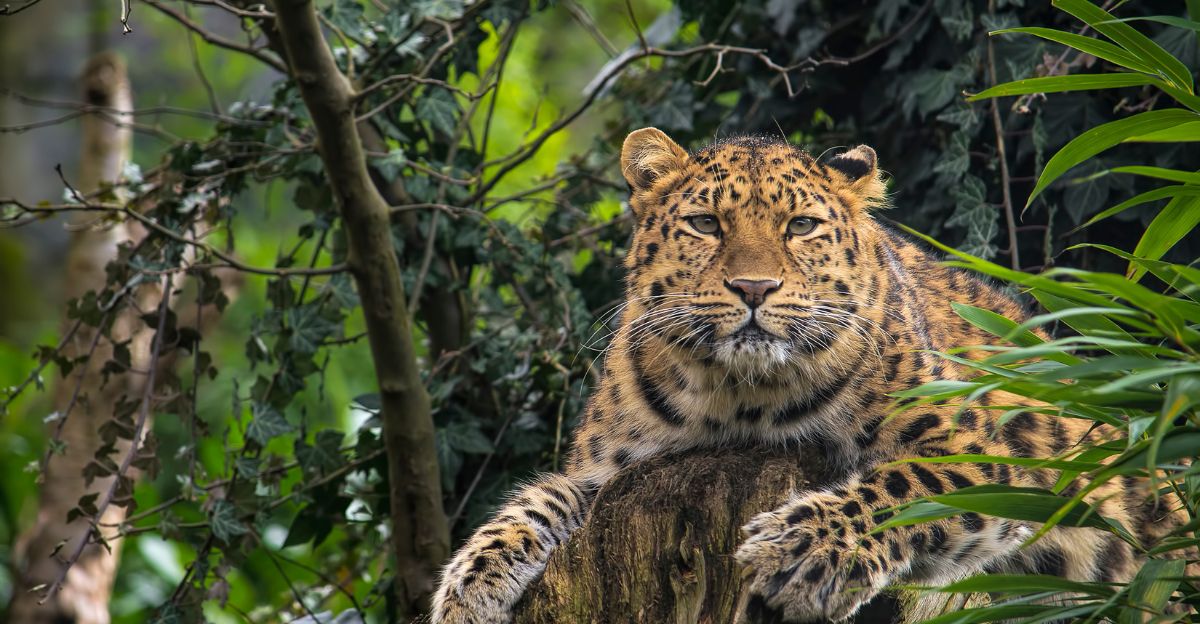
If you’ve ever had the pleasure of seeing one of these beautiful cats in person, it might have been the last time. These majestic cats are native to the temperate forests of Russia’s Far East and northeastern China, but sadly, there are less than 100 Amur Leopards left in the wild.
These remarkable cats have faced decades of relentless threats, including poaching for their beautiful, spotted fur, habitat loss from logging and development, and a dwindling prey base. Conservation efforts have shown some success, as rising numbers were reported in 2024, but these cats still face a very uncertain future.
3. Javan Rhino
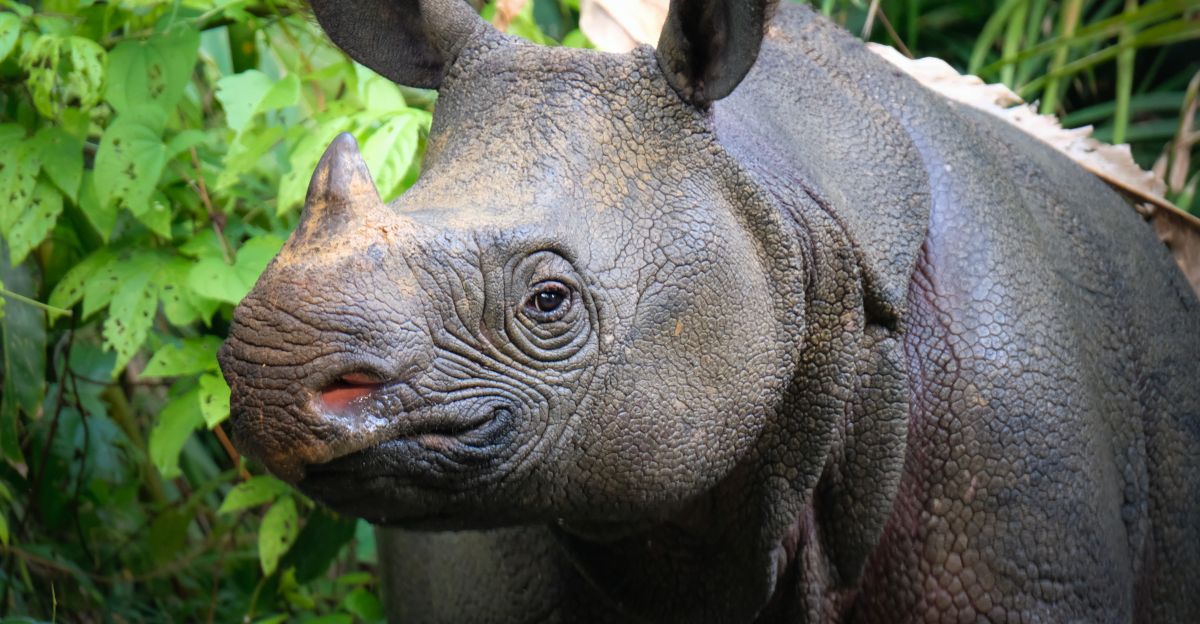
As one of the rarest large mammals on Earth, these rhinos might be closer to being lost forever than we might think. Their entire remaining population is confined to Indonesia’s Ujung Kulon National Park, and recent estimates suggest that as few as 50 individuals may survive following a devastating wave of poaching that claimed up to 26 rhinos between 2019 and 2023.
Their populations once spanned Southeast Asia, where they roamed as critically endangered animals. However, due to poaching, habitat loss, and disease, these mammals are only found in Ujung Kulon, where they might not be much longer.
2. Vaquita

This is one of the world’s smallest and most endangered marine mammals, and before we know it, every last trace of them might be gone before the end of the year. This rare porpoise is found exclusively in the northern Gulf of California, Mexico, where it faces its greatest threat of being entangled in illegal gillnets set for the totoaba fish.
It’s believed that less than 10 Vaquitas are left in the world. While conservationists continue to fight for the species’ survival through habitat protection, gillnet removal, and community engagement, it seems to be a losing battle.
1. Yangtze Giant Softshell Turtle
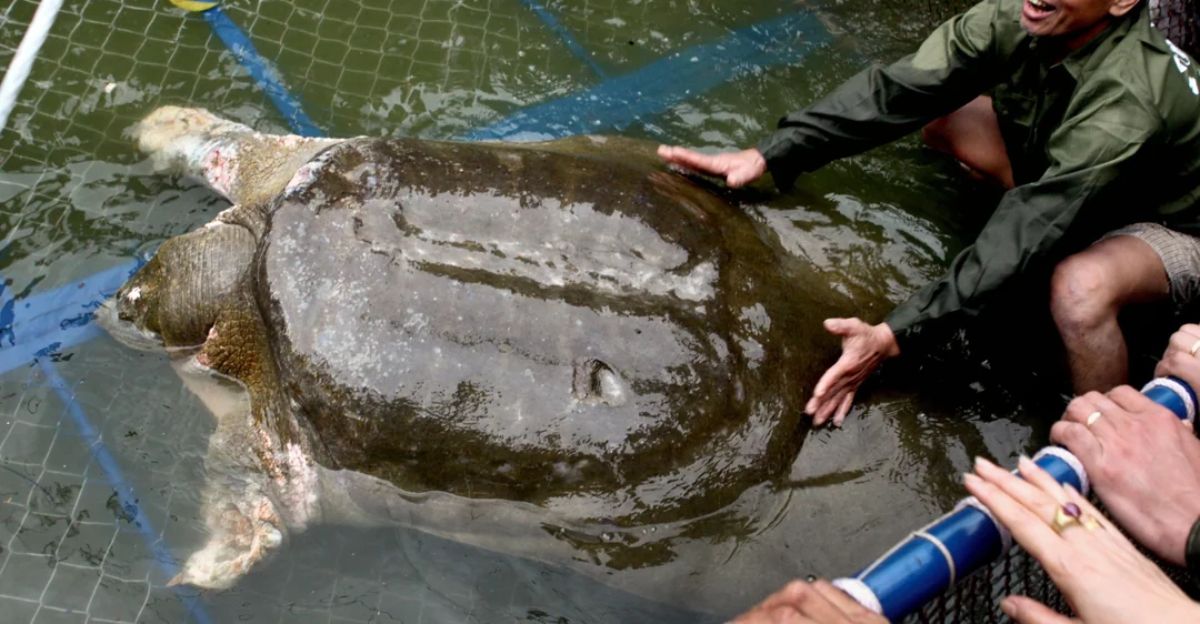
These giant turtles are most likely to be gone for good before we reach the end of the year, with only two males left in the world. Native to the rivers and lakes of China and Vietnam, this massive freshwater species, sometimes weighing over 220 pounds, has been pushed to the brink by habitat loss, poaching, pollution, and the construction of dams.
The situation became even more dire in April 2023, when the last confirmed female was found dead in Vietnam. Conservationists continue to search for undiscovered individuals using new environmental DNA (eDNA) technology, but unless a fertile female is found, these turtles have a very dark future ahead of them.







